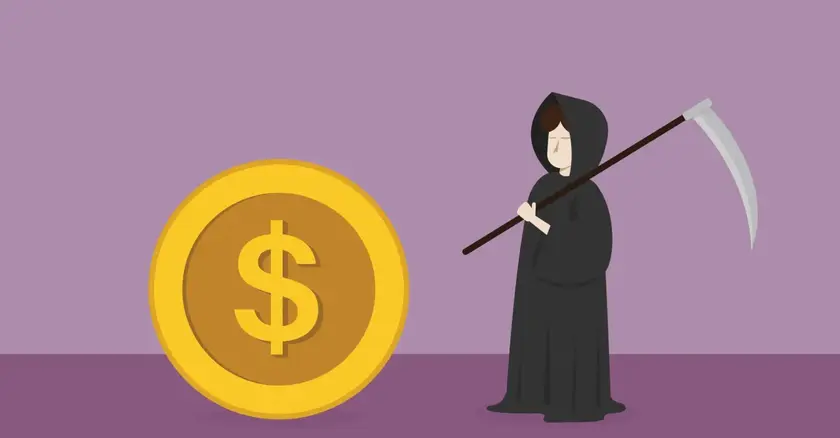T4K3.news
Toddler Batten disease funding window
A three-year-old girl faces a high-cost treatment with a crucial NHS deadline that could affect access.
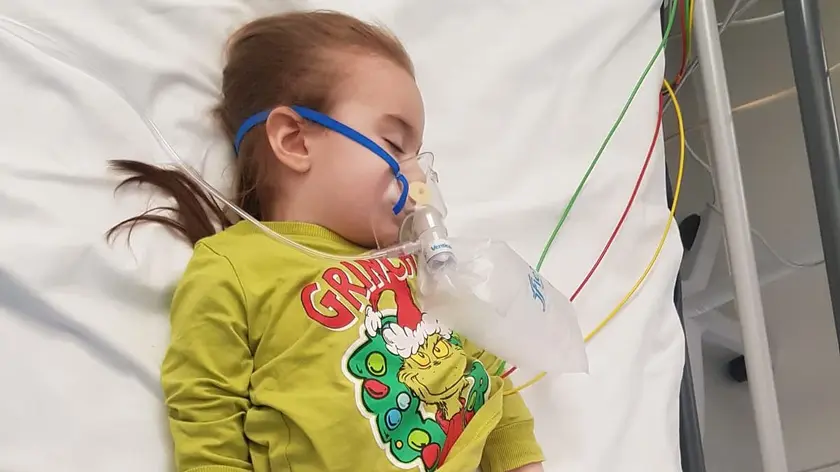
Three-year-old Katie Hughes faces a rare Batten disease and a costly treatment with an NHS funding deadline.
Toddler fights Batten disease as NHS funding window ends
Katie Hughes, aged three, was rushed to hospital after a seizure that doctors initially blamed on a fever. Genetic testing later confirmed CLN2 Batten disease, a rare and deadly brain disorder that will gradually steal her ability to walk, talk and see. Doctors warned she may not live past age eight to twelve.
There is no cure for the illness, but a £500,000 a year enzyme therapy can slow its progress. The treatment must be delivered directly into the brain every two weeks via a permanent device. The NHS has a special deal for children who have started treatment or who can start by the end of 2025, but new patients after that may not receive NHS funding because there is not enough long-term evidence and the budget is tight. Katie's family has launched a fundraising push and is considering private or overseas options.
Key Takeaways
"I'm not a crying person but I was tearing up - we were in pieces."
Grant on hearing the prognosis
"Everything is on a timer now."
Jessica on the deadline to start treatment
"She deserves to smile, to laugh and to feel loved every single day we have left."
Grant on what the treatment means for Katie's life
"Unfortunately there is no cure for her illness but a £500,000 a year enzyme therapy can help slow the progress."
Doctors explain treatment and cost
This case shows how rare disease care sits at the intersection of medicine, money and policy. It highlights a painful truth: the life of a child can hinge on whether a drug exists and whether a health system can afford it. The deadline puts families under pressure while policymakers weigh evidence and budgets, a combination that tests both compassion and sound budgeting. The broader question is how to balance access, equity and scientific proof in high-cost treatments.
Highlights
- Time is running out for a little girl who deserves a normal childhood
- A price tag should not decide a child's fate
- Hope needs a policy that matches need
- Families fight to save a life while the system debates value
Funding risk to access high-cost therapy
The story highlights a high-cost therapy and a potential NHS funding gap for new patients after 2025, raising concerns about equity and care for children with rare diseases.
Policy makers face tough choices as rare diseases press NHS resources
Enjoyed this? Let your friends know!
Related News
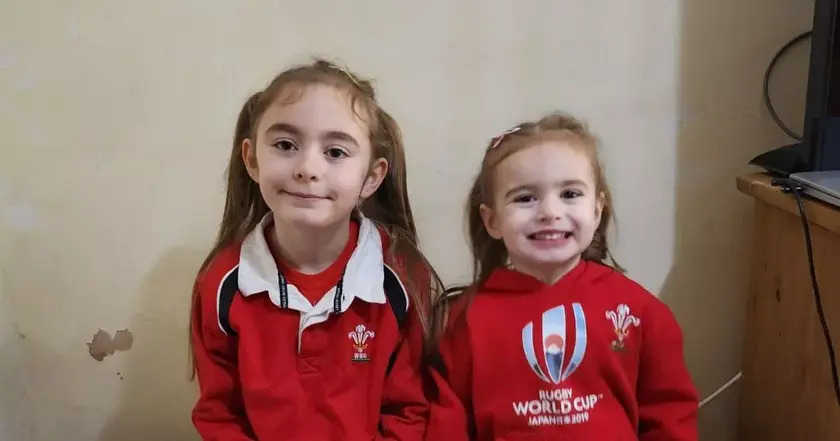
NHS deadline threatens Batten disease therapy access

Gunfire near CDC HQ in Atlanta
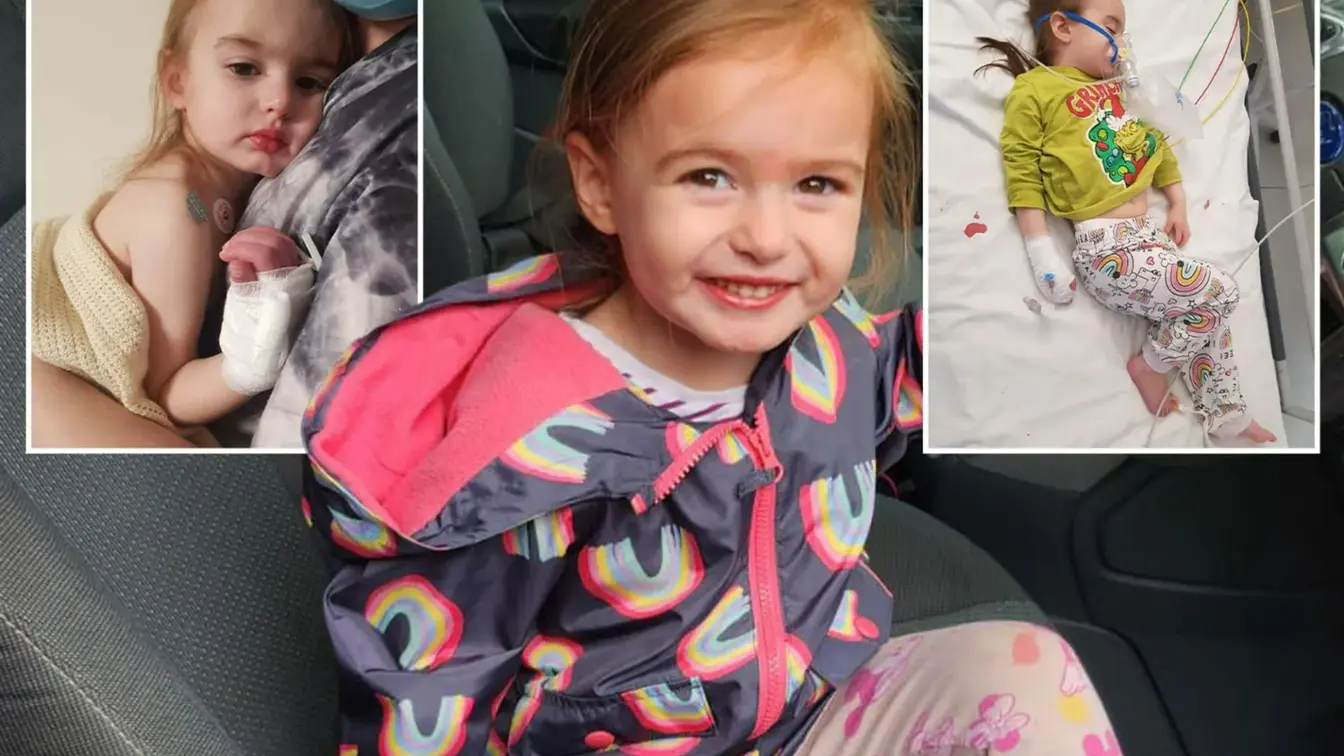
Three-year-old diagnosed with rare brain disease after misdiagnosis
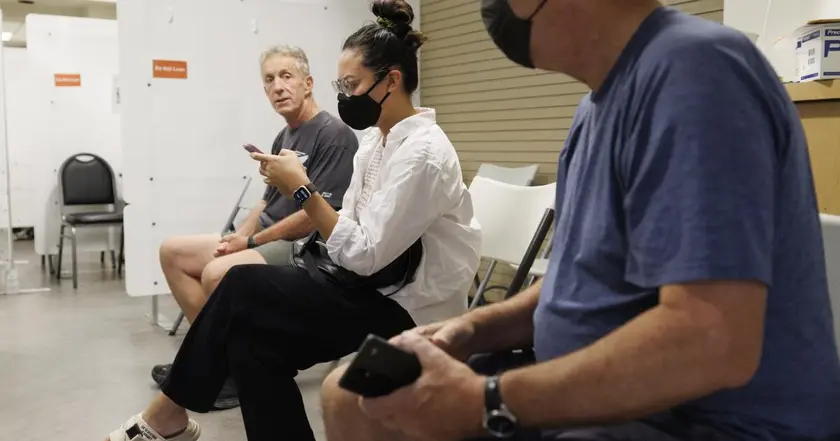
COVID-19 cases increase in California
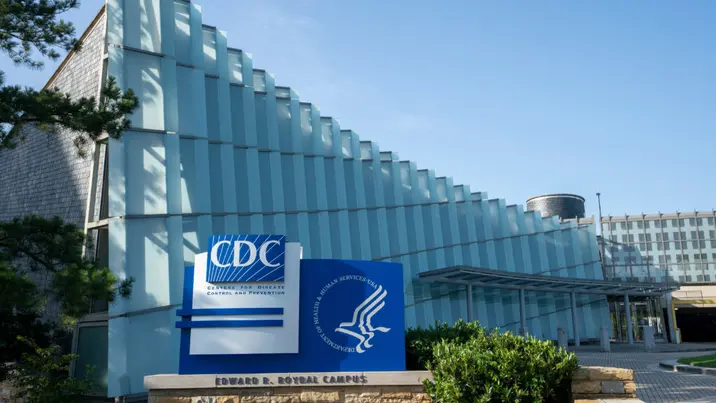
CDC shooting prompts urgent push to protect health workers
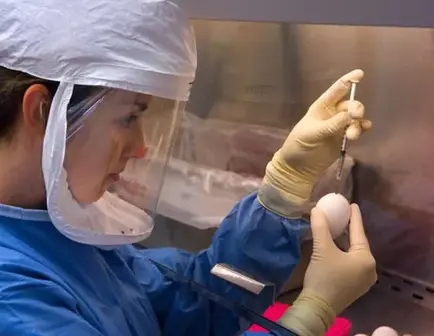
Federal cuts impact bioscience research in Montana
COVID-19 cases are increasing with unreliable tracking data
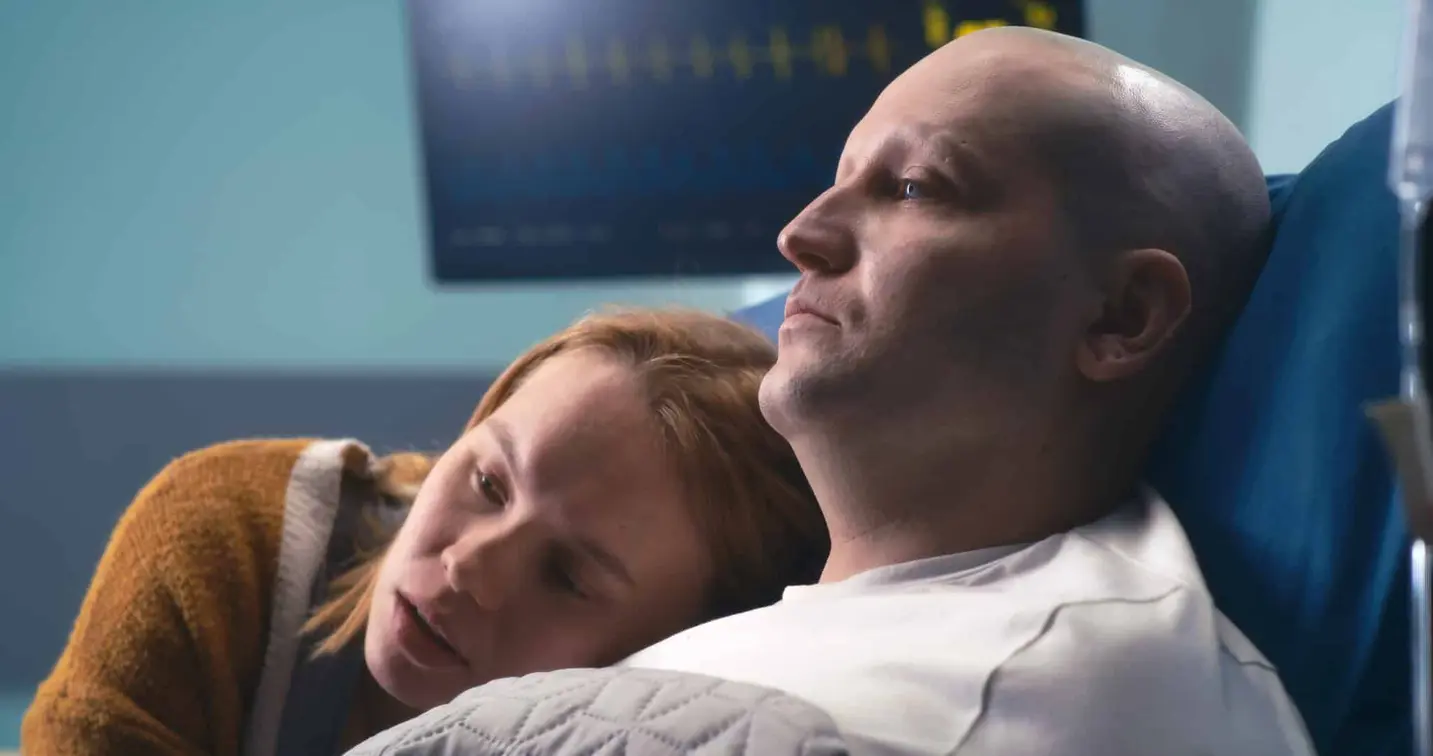
Young Americans face higher rectal cancer risk
